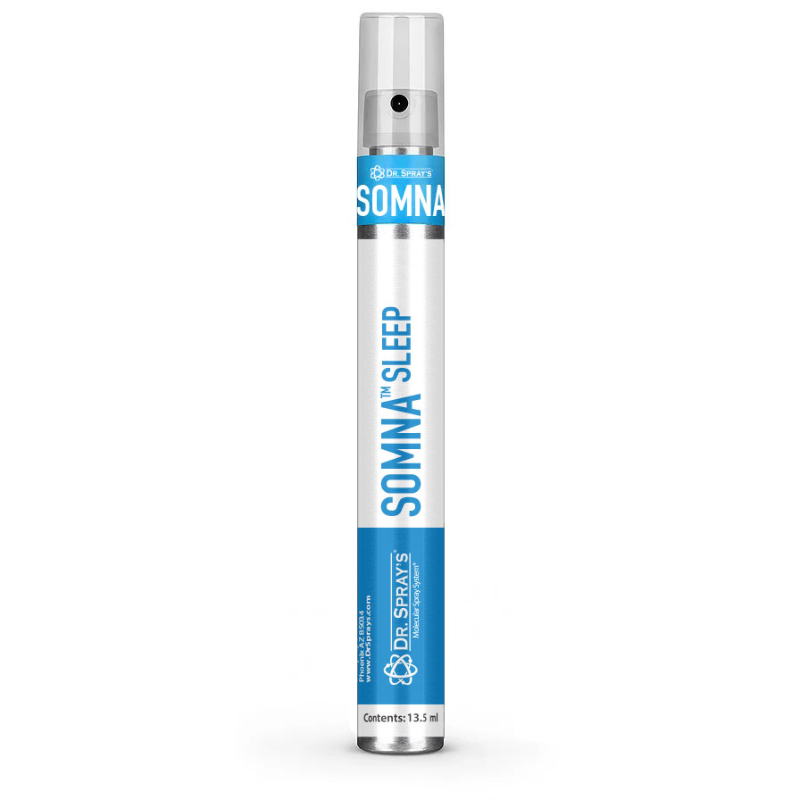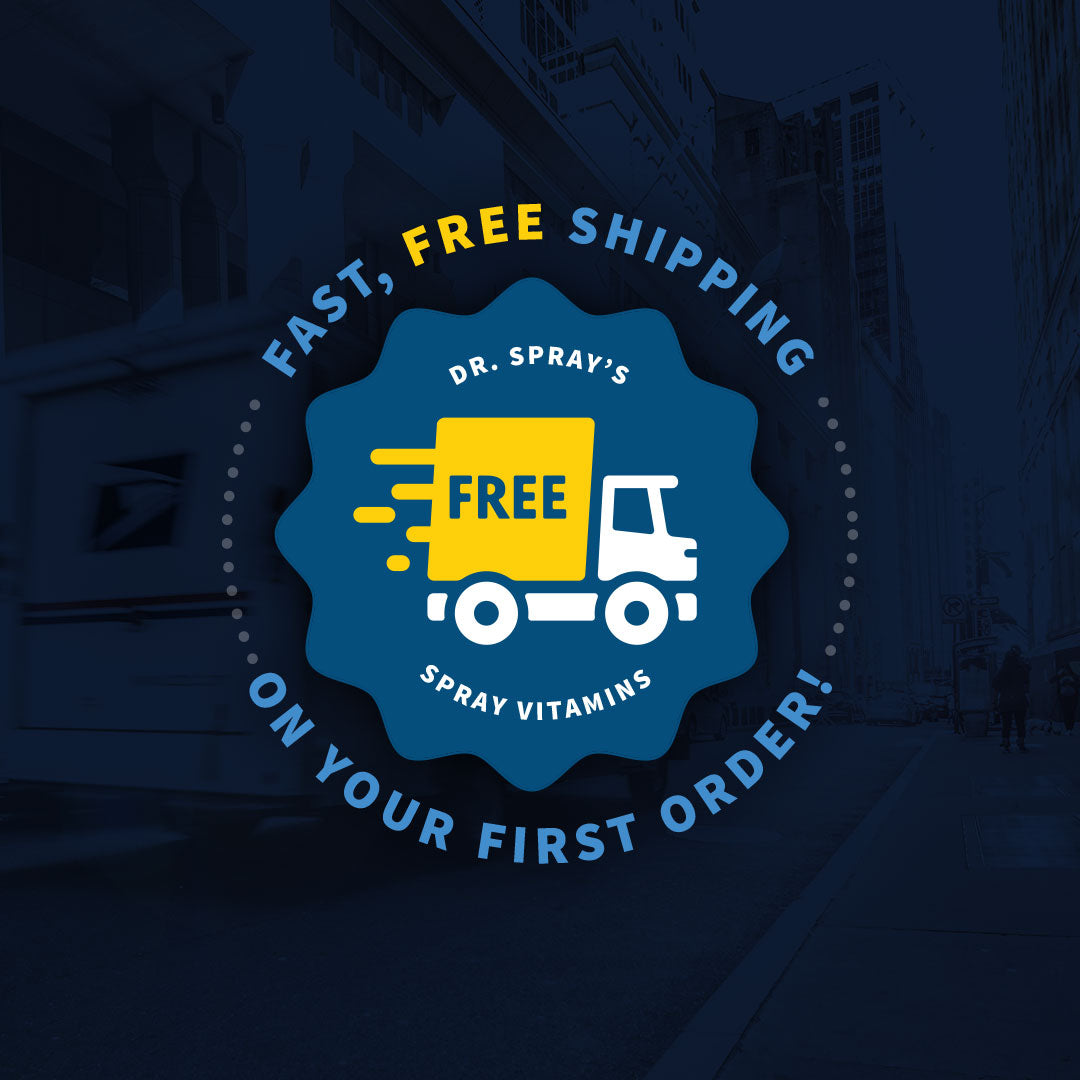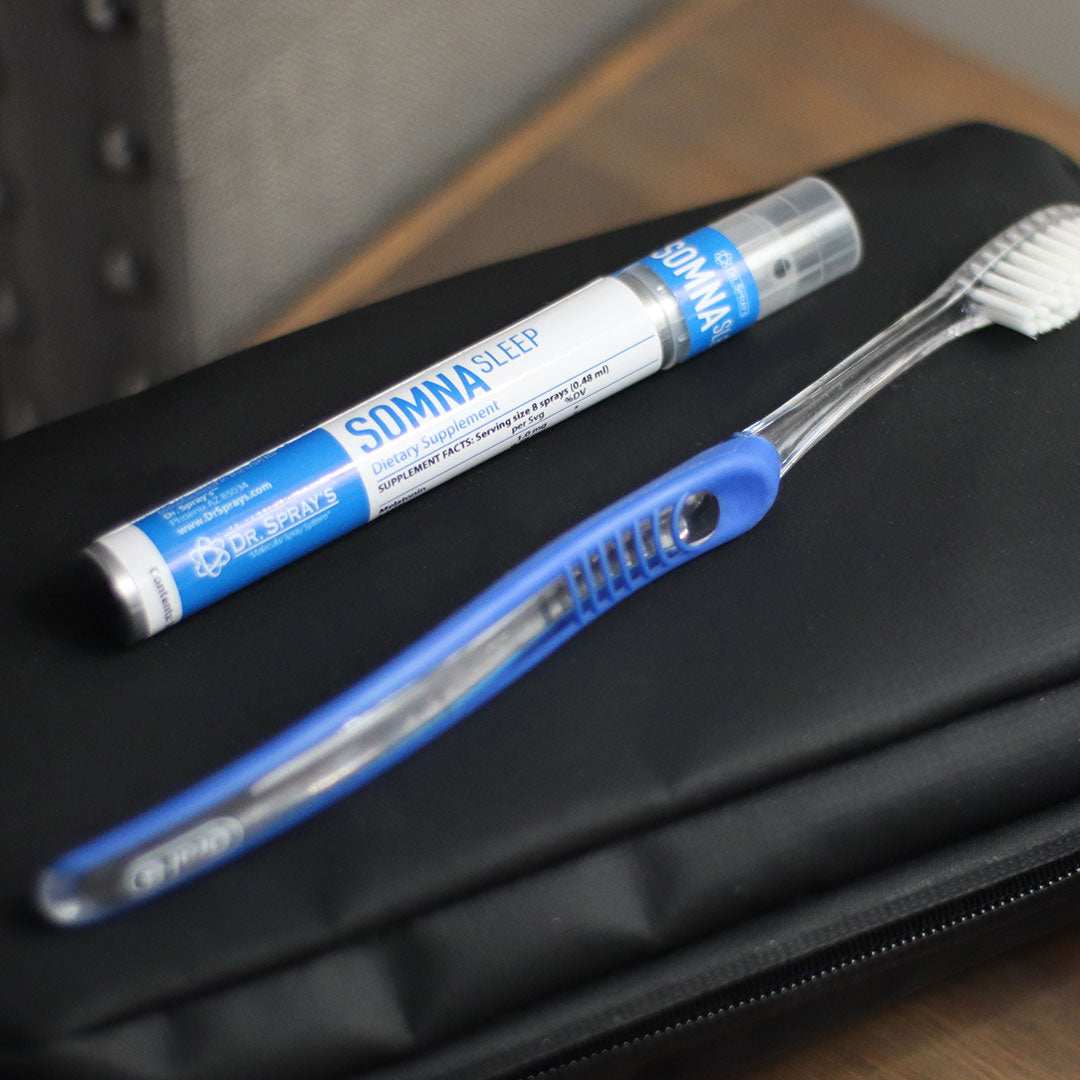Buccal formulations have been developed to allow prolonged localised therapy and enhanced systemic delivery. The buccal mucosa, however, while avoiding first-pass effects, is a formidable barrier to drug absorption, especially for biopharmaceutical products (proteins and oligonucleotides) arising from the recent advances in genomics and proteomics. The buccal route is typically used for extended drug delivery, so formulations that can be attached to the buccal mucosa are favoured. The bioadhesive polymers used in buccal drug delivery to retain a formulation are typically hydrophilic macro-molecules containing numerous hydrogen bonding groups. Newer second-generation bioadhesives have been developed and these include modified or new polymers that allow enhanced adhesion and/or drug delivery, in addition to site-specific ligands such as lectins. Over the last 20 years a wide range of formulations has been developed for buccal drug delivery (tablet, patch, liquids and semisolids) but comparatively few have found their way onto the market. Currently, this route is restricted to the delivery of a limited number of small lipophilic molecules that readily cross the buccal mucosa. However, this route could become a significant means for the delivery of a range of active agents in the coming years, if the barriers to buccal drug delivery are overcome. In particular, patient acceptability and the successful systemic delivery of large molecules (proteins, oligonucleotides and polysaccharides) via this route remains both a significant opportunity and challenge, and new/improved technologies may be required to address these.
The above is an abstract for an article on pubmed.gov. This article was published May 2005. The following is the link to the full article: https://pubmed.ncbi.nlm.nih.gov/16296771/
Smart JD. Buccal drug delivery. Expert Opin Drug Deliv. 2005 May;2(3):507-17. doi: 10.1517/17425247.2.3.507. PMID: 16296771.










